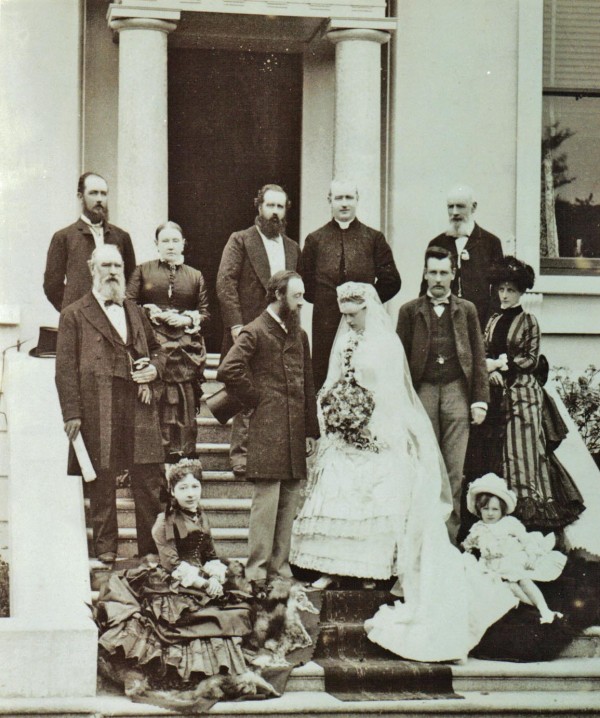
Dublin 4, as is well acknowledged and sometimes discussed in print here at NewsFour, has a rich and varied architectural heritage. Walking through Dublin 4, from Ringsend and Irishtown on to Sandymount, Ballsbridge and Londonbridge Road is a time travel tour of architectural styles.
Although Dublin is perhaps best known internationally for its Georgian inner-city and landmarks, the city also profited greatly from the Victorian era boom in construction technologies and passions of its property-owning class.
Prominent among the families whose efforts as builders helped to shape Dublin 4 are two names: the Crannys and the Plunketts. The story of the families as builders begins with the meeting of Patrick Plunkett and Patrick Cranny, whose respective wives were first cousins. Both men went into business, first in leather and shoemaking and then later as builders. They are notable as being members of well-to-do Irish families who contributed to the built heritage of Dublin, where commonly Anglo-Irish families are credited.
Arguably, the most well-known building of the two families is Muckross Park, on Marlborough Road, now the Dominican Convent which Patrick Cranny had built for his wife in the 1860s as a thank-you for her investment of family money in his shoe-making business. The Crannys lived there for around 30 years after which it was let, and later sold to the Dominican Nuns who have resided there since 1900.
NewsFour spoke with Honor O’Brolchain, great great granddaughter of Patrick Plunkett and Patrick Cranny. She explained that broadly speaking, the Plunketts built more in Dublin 6, particularly Rathmines. She characterised Palmerston Road as being “a landmark in itself” of which Patrick Plunkett had 25 of the houses built.
Patrick was a hands-on type of developer who employed his construction crew directly and apparently had to be coaxed down from inspecting roofs at the age of 90.
Patrick Cranny for his part built extensively in Dublin 4, on Wellington Road and on the Donnybrook end of Marlborough Road, where he was responsible for as many as 28 houses.
The houses built by these two men were successful properties up until the founding of the Free State, when many of their tenants left Ireland. These would have been predominantly English military personnel and civil servants, as was the make-up of the affluent classes of the time.
Over time, after this change in circumstances, some properties such as 38 and 40 Eglin Road became difficult to rent. By the 1940s and 1950s, these properties could be sold for as little as £300 or £400. The full value and condition of these houses was not restored until the boom years of the Celtic Tiger.
Left: A wedding in 1884 at Muckross with the Crannys on the left and the Plunketts on the right.
Below: 40 Elgin Road, Balls-bridge, constructed by Patrick Cranny.
Both photos courtesy Honor O’Brolchain.
By Rúairí Conneely

